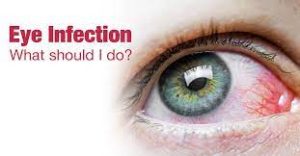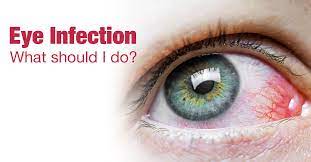Karachi is suffering from a deadly virus and people are confused about its origin and consequences.
Let us break it down for you.
Conjunctivitis, commonly known as pink eye, is an inflammation of the thin, transparent layer of tissue called the conjunctiva that covers the white part of the eye and lines the inner surface of the eyelids. It can be caused by various factors such as viral or bacterial infections, allergies, or irritants like dust, smoke, or chemicals.

Symptoms
Symptoms of conjunctivitis include redness of the eye, itching or burning sensation, excessive tearing, discharge from the eye (which can be clear, yellow, or green), swollen eyelids, and blurred vision. The condition can affect one or both eyes. Viral conjunctivitis is highly contagious and can spread easily through direct contact with infected eye secretions or contaminated surfaces. Bacterial conjunctivitis can also be contagious but is typically less severe. Allergic conjunctivitis, on the other hand, is not contagious and is usually triggered by allergens like pollen, pet dander, or dust mites. Treatment for conjunctivitis depends on the underlying cause. Viral conjunctivitis often resolves on its own within a week or two, while bacterial conjunctivitis may require antibiotic eye drops or ointments. Allergic conjunctivitis can be managed with antihistamine eye drops or artificial tears to alleviate symptoms.

Prevention
To prevent the spread of conjunctivitis, it’s important to practice good hygiene, such as washing hands frequently, avoiding touching or rubbing the eyes, and avoiding sharing personal items like towels or makeup. If you suspect you have conjunctivitis or if your symptoms worsen or persist, it’s best to consult with an eye care professional for proper diagnosis and treatment.
Take care of your eyes and stay healthy!

























